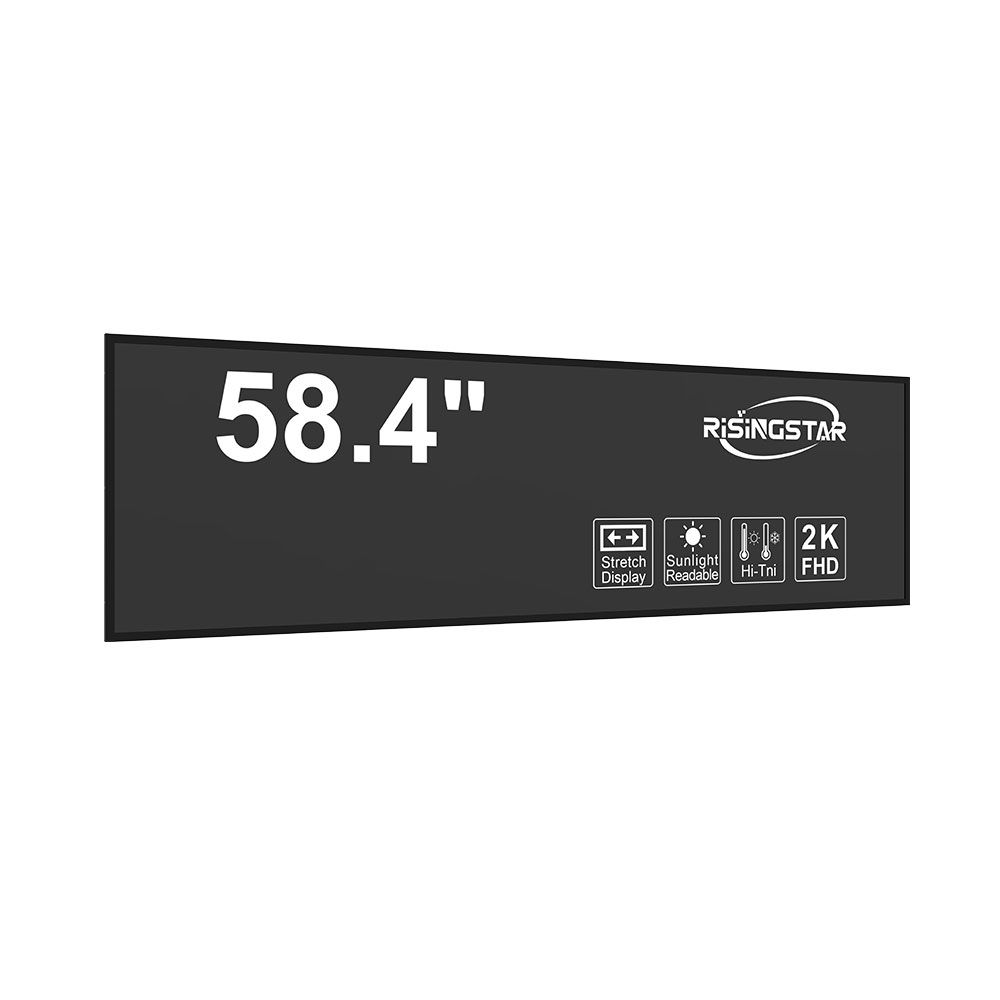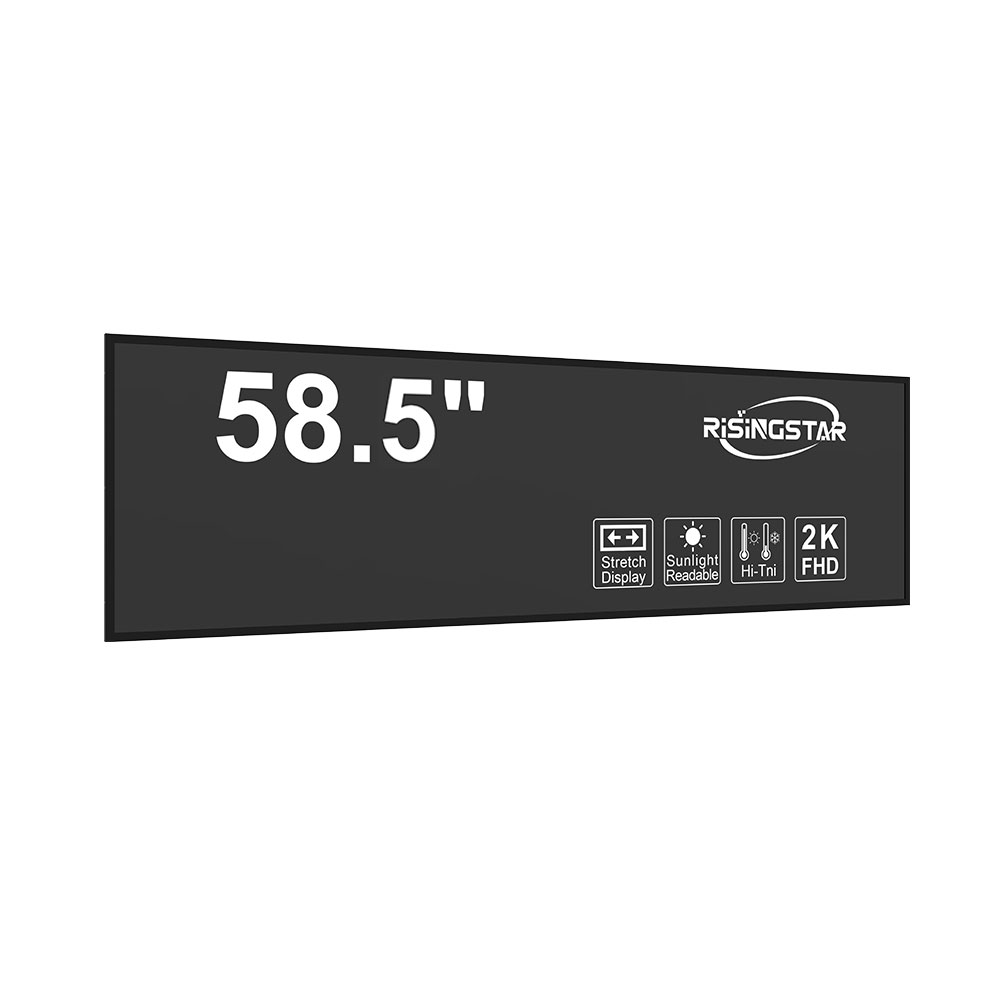- Home
- About Us
- Products
- News
- Video
- Contact
- Send Inquiry
Search
- Home
- About Us
- Products
- News
- Video
- Contact
- Send Inquiry

In-plane switching (IPS) is a widely adopted liquid crystal display (LCD) technology designed to improve image quality, viewing angles, and color accuracy—especially in high-brightness environments like direct sunlight. Originally developed by Hitachi in the late 1990s, IPS has since become a standard in professional displays, automotive dashboards, outdoor kiosks, and military-grade equipment where visibility under bright conditions is critical.
Unlike traditional twisted nematic (TN) panels, where liquid crystal molecules rotate perpendicular to the glass substrate, IPS aligns the molecules parallel to the plane of the display. This configuration allows light to pass through more uniformly, resulting in superior color consistency from any angle—often exceeding 178° horizontal and vertical viewing angles. For users in mobile or outdoor applications, this means consistent performance whether they're viewing the screen from the side, above, or at an extreme tilt.
One of the key reasons IPS is so effective in sunlight-readable applications lies in its inherent contrast ratio stability. When ambient light intensifies—such as on a sunny beach or a construction site—the brightness of the display must exceed 5,000 nits to remain legible. IPS panels are frequently paired with high-luminance backlight systems (e.g., LED-based or microLED) and anti-reflective coatings that reduce glare by up to 90%. These enhancements, combined with the panel’s ability to maintain accurate colors even under harsh lighting, make IPS ideal for outdoor digital signage, medical monitors, and avionics.
Industry case studies reinforce this advantage. For example, Boeing’s 787 Dreamliner cockpit uses IPS-enabled displays that comply with MIL-STD-810G standards for environmental durability and readability. Similarly, in the consumer space, Apple’s iPad Pro utilizes IPS technology with adaptive brightness and True Tone to ensure optimal visibility across varying lighting conditions—from dim indoor rooms to bright daylight. These real-world implementations demonstrate that IPS isn’t just a technical upgrade—it’s a necessity for modern visual interfaces.

Moreover, advancements in IPS include faster response times (now under 1ms), improved power efficiency, and compatibility with touch-sensitive layers without sacrificing clarity. Manufacturers like LG Display, AU Optronics, and BOE have invested heavily in optimizing IPS variants such as Advanced IPS (AH-IPS), Super IPS (S-IPS), and IPS-LCD with local dimming, all aimed at enhancing brightness uniformity and reducing energy consumption.
For engineers designing products for sunlight-readable applications—whether in defense, transportation, or industrial automation—understanding IPS technology is not optional. It’s foundational. By leveraging IPS’s wide viewing angles, consistent color reproduction, and compatibility with high-brightness solutions, developers can create displays that perform reliably in the most demanding environments. As sunlight-readable LCD screens continue to evolve, IPS remains the gold standard for clarity, reliability, and user experience under challenging lighting conditions.
